Originally grown for their abundant flowers and undemanding nature, hebes are now becoming equally sought after for their fabulous foliage
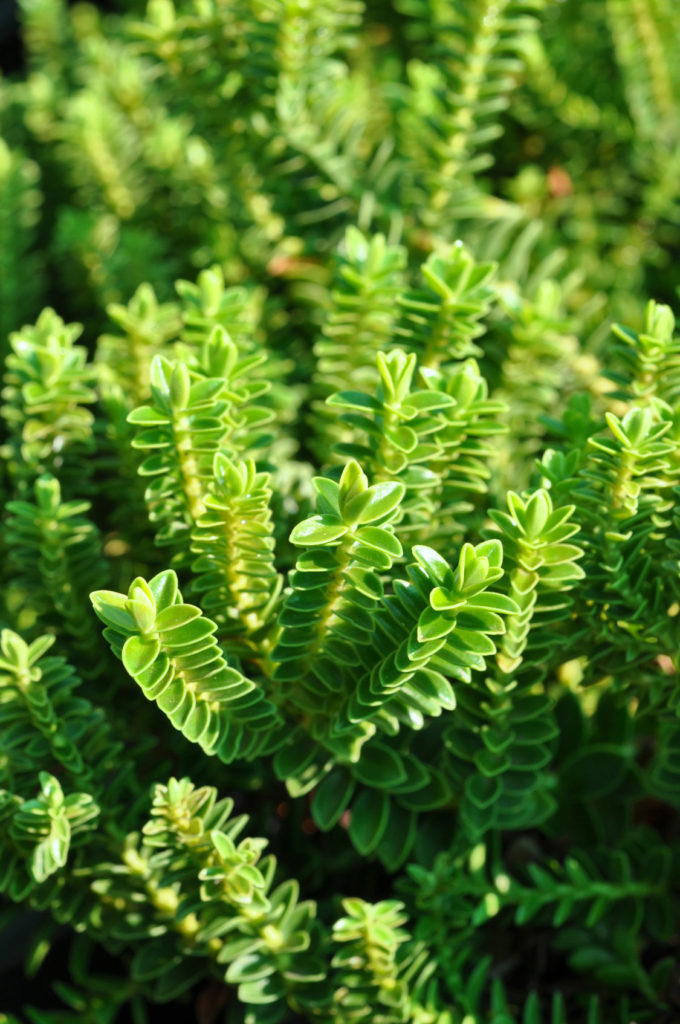
H. odora ‘New Zealand’
Evergreen hebes may not catch your eye at the local garden centre like Inca lilies or roses, but on the plus side they’re undemanding, easy to grow and great value for money. In their native New Zealand, they are found in surprisingly diverse habitats from the coast to mountain peaks, so you’ll definitely find varieties suited to the conditions in your area.
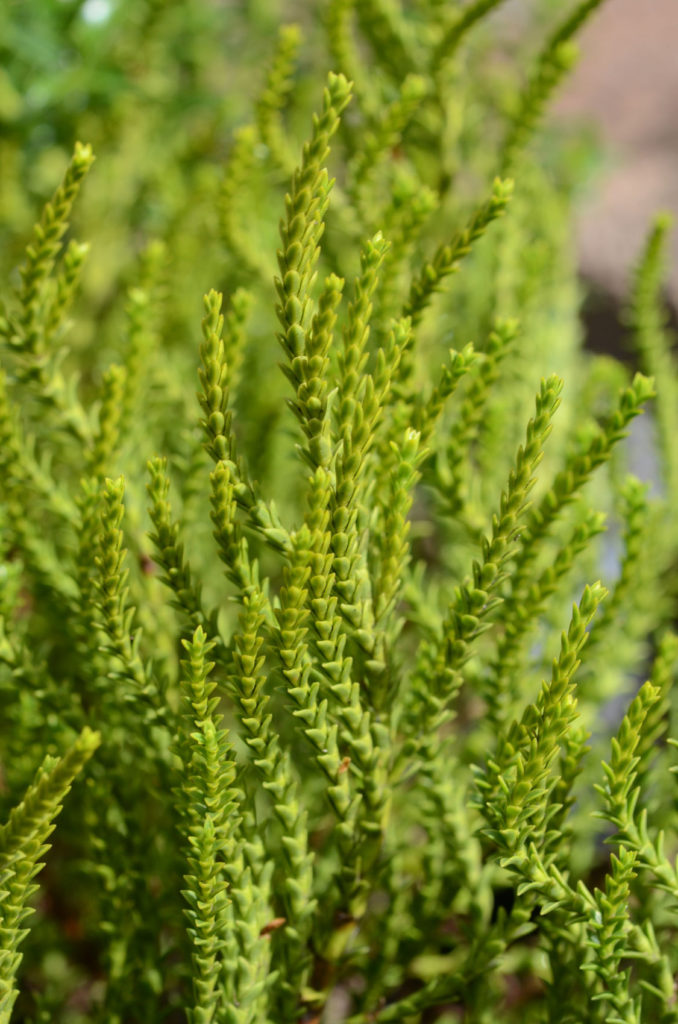
H. ’Gold Nugget’
WHY PLANT HEBES?
- They’re neat, compact and low maintenance.
- They’re generous with their flower spikes which come in shades of blue, pink, lilac, purple and white.
- Butterflies love them.
- The textures as well as the colours of their leaves bring year-round interest to the garden; some also add a great structural element.
- They make stylish container plants.
- They vary in size and many are perfect for small gardens.
- They suit all styles of gardens from contemporary to cottage and wild meadow gardens.
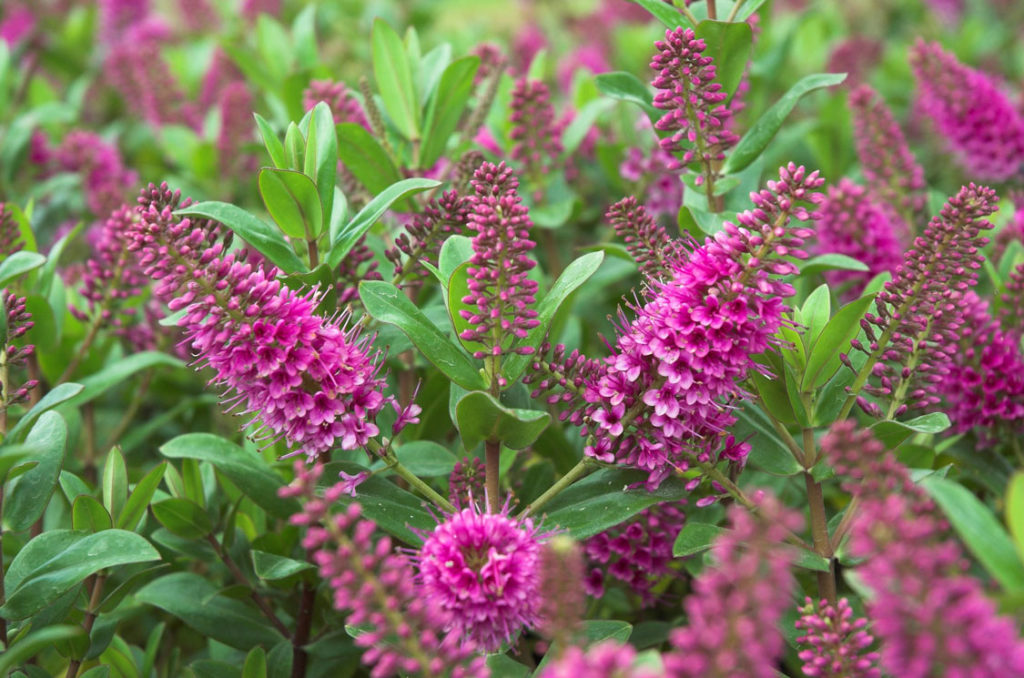
H .‘Sunset Boulevard’
GROWING TIPS
Hebes are easy-to-care for, low-maintenance plants. They grow better in cooler regions, disliking the high humidity of the subtropics. Feed them with slow-release fertilisers like (3:1:5) in spring and summer.
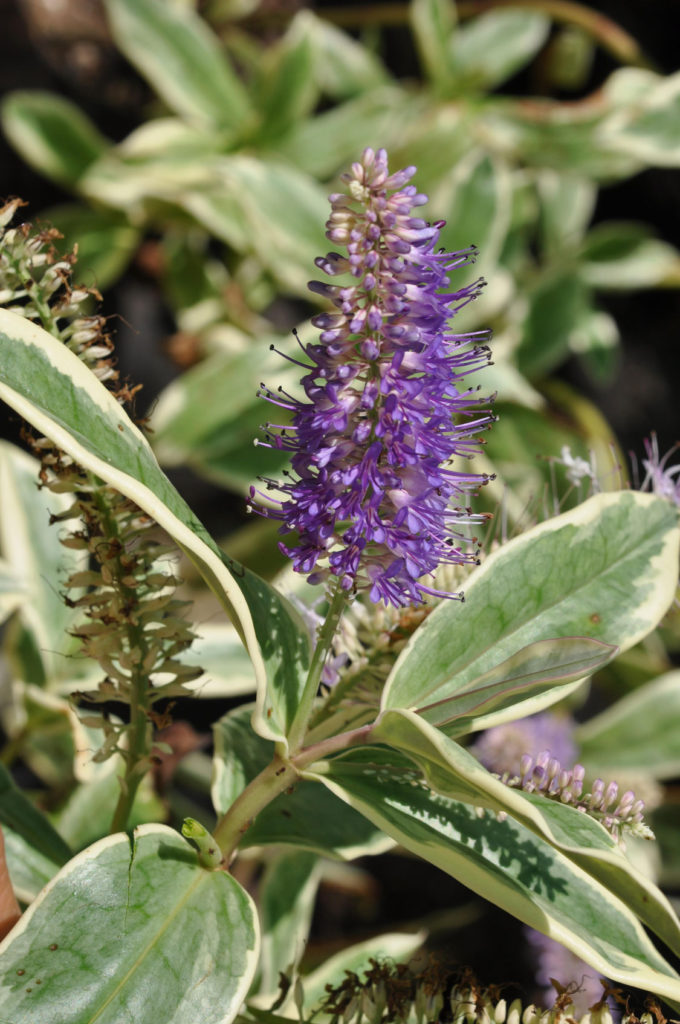
H . ‘Andersonii’
Hebes flower on new wood so trim them back after flowering. Not only will this keep them neat and compact, but you may even get another flush of flowers. If the plants are leggy, cut them back by a third. Plants needing to be rejuvenated can be cut back hard in stages to encourage sprouting from old wood.
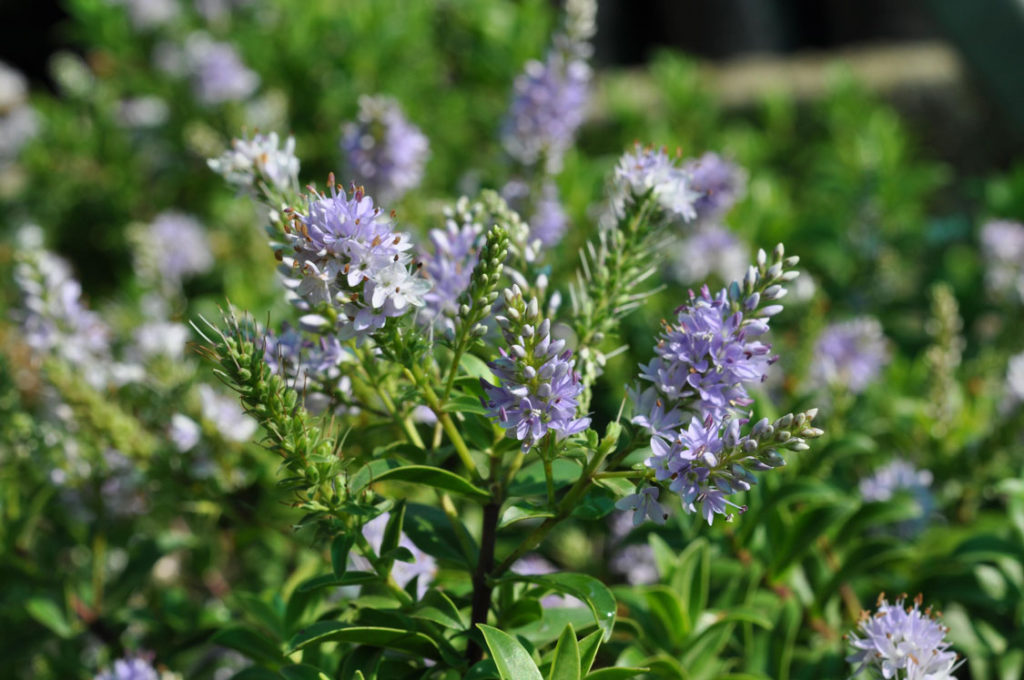
H. ‘Midsummer Beauty’
They’re simple to propagate: take semi-hard wood, non-flowering cuttings or heel cuttings in summer just below a leaf node; remove the lower leaves, dip the cut end in hormone-rooting powder and plant in a mix of compost and coarse sand.
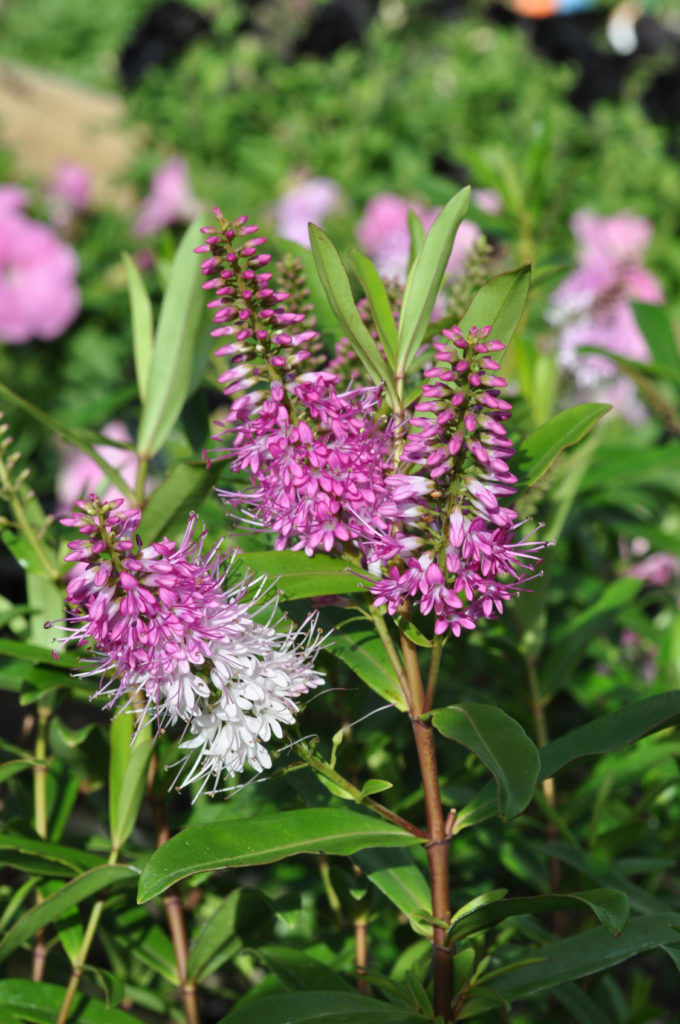
H. ‘Great Orme’
HEBES AT A GLANCE
Position: Full sun to semi-shade. They tolerate most soil types and good drainage is essential.
Plant: All year round. Spring and summer planting gives them time to put down roots before winter.
Water: They have moderate water needs; relatively drought tolerant, they enjoy being given extra water in summer.
Flowering season: Flowering can occur all year round, peaking in late spring and summer, and continuing into autumn.
Size: From 30cm–1,5m high.
Frost tolerance: This varies from plant to plant.
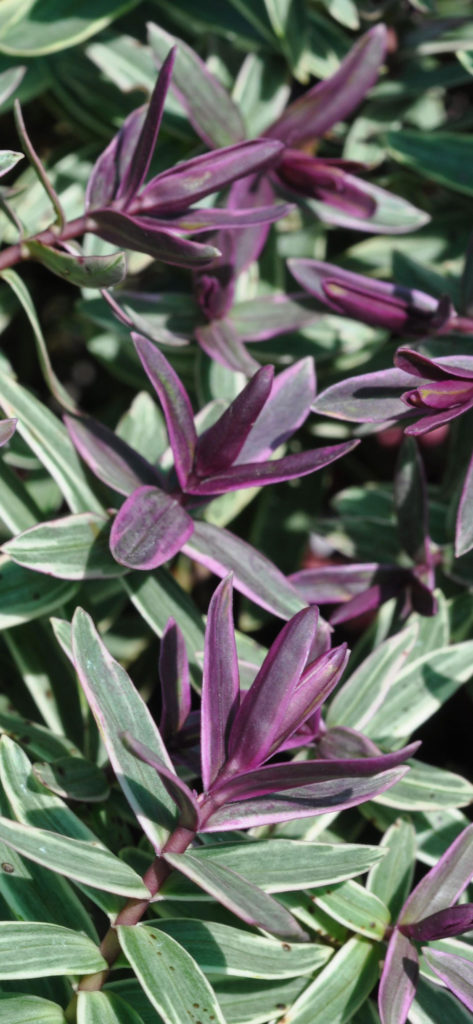
H. ’Marilyn Monroe’
DID YOU KNOW?
Hebes, which are named after Hebe the Greek goddess of youth, are sometimes mistakenly referred to as veronicas as they were once regarded as part of the Veronica family. There are over 90 species, most being native to New Zealand.

